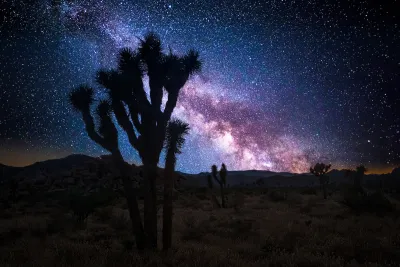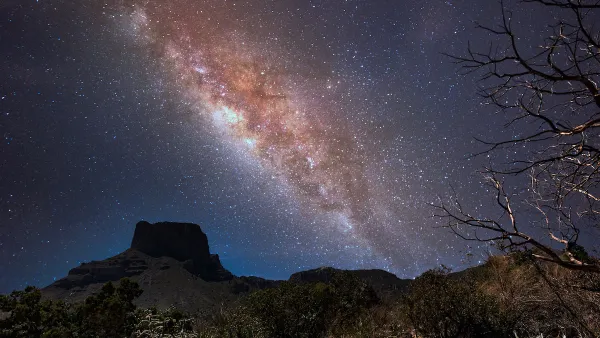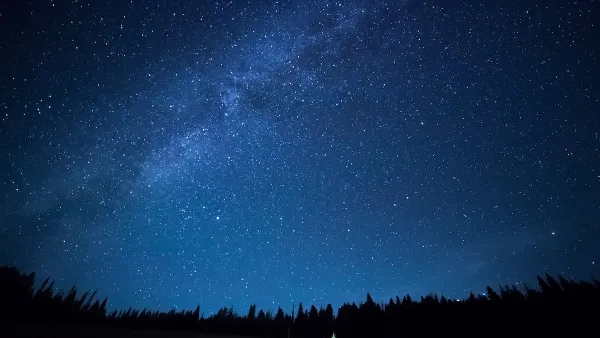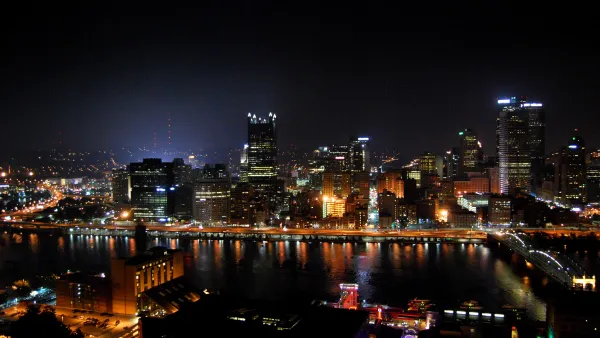Learn about the importance of dark skies for the health and enjoyment of individuals and wildlife, and how L.A. County's Rural Outdoor Lighting District is helping to reduce light pollution.

The dark sky movement seeks to reduce light pollution, generally defined as the unwanted, inappropriate, or excessive use of artificial light. The benefits of reducing light pollution include more stars being visible at night, reduced effects of electric lighting on the environment, improved well-being, health, and safety of people and wildlife, and decreased energy usage.
In Los Angeles County, the Rural Outdoor Lighting District (ROLD) promotes and maintains dark skies for the health and enjoyment of individuals and wildlife. Specifically, ROLD applies to rural unincorporated areas and includes requirements such as shielding and angling lights to avoid light pollution and light spilling onto adjacent properties. Individuals may also adopt lighting best practices to reduce light pollution in communities. For example, they can take actions such as turning exterior lights off by 10:00 pm, using motion sensors for lights at night, opting for subdued warm lighting, and only using the lights that they really need.
For more information, please visit this webpage created and maintained by the L.A. County Department of Regional Planning which includes resources such as brochures in multiple languages about the ROLD and videos explaining the importance of dark skies and how the ROLD helps to reduce light pollution.
FULL STORY: Rural Outdoor Lighting District Ordinance

National Parks Layoffs Will Cause Communities to Lose Billions
Thousands of essential park workers were laid off this week, just before the busy spring break season.

Retro-silient?: America’s First “Eco-burb,” The Woodlands Turns 50
A master-planned community north of Houston offers lessons on green infrastructure and resilient design, but falls short of its founder’s lofty affordability and walkability goals.

Delivering for America Plan Will Downgrade Mail Service in at Least 49.5 Percent of Zip Codes
Republican and Democrat lawmakers criticize the plan for its disproportionate negative impact on rural communities.

Test News Post 1
This is a summary

Test News Headline 46
Test for the image on the front page.

Balancing Bombs and Butterflies: How the National Guard Protects a Rare Species
The National Guard at Fort Indiantown Gap uses GIS technology and land management strategies to balance military training with conservation efforts, ensuring the survival of the rare eastern regal fritillary butterfly.
Urban Design for Planners 1: Software Tools
This six-course series explores essential urban design concepts using open source software and equips planners with the tools they need to participate fully in the urban design process.
Planning for Universal Design
Learn the tools for implementing Universal Design in planning regulations.
EMC Planning Group, Inc.
Planetizen
Planetizen
Mpact (formerly Rail~Volution)
Great Falls Development Authority, Inc.
HUDs Office of Policy Development and Research
NYU Wagner Graduate School of Public Service





























